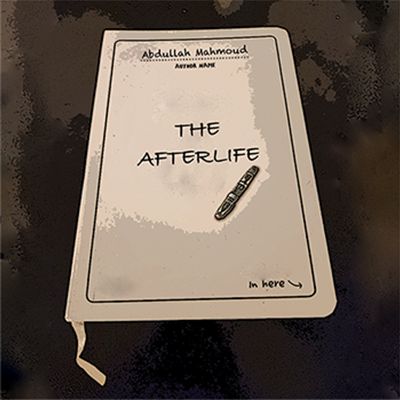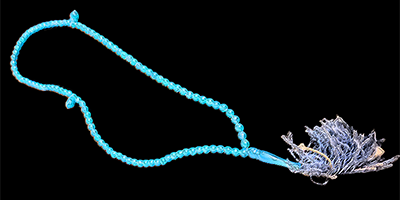1. The Diary

Abdullah Mahmoud’s personal diary was discovered by the police while they were investigating whether his death was a suicide or a murder. It was collected as evidence at first but later on released on the judge’s order. What triggered this was the light emerging from the diary which was seen by one police officer. That’s when they found out that this was not an ordinary diary; it was a digital one. It contained various images and their descriptions in a foreign language, which nobody seems to understand. Scientists have tried to decode their meanings as explained below.






